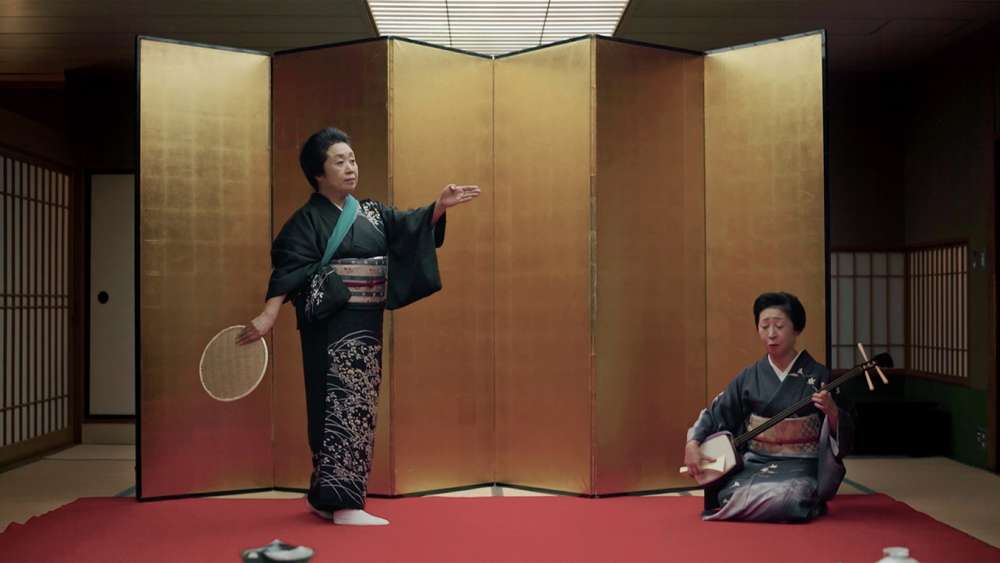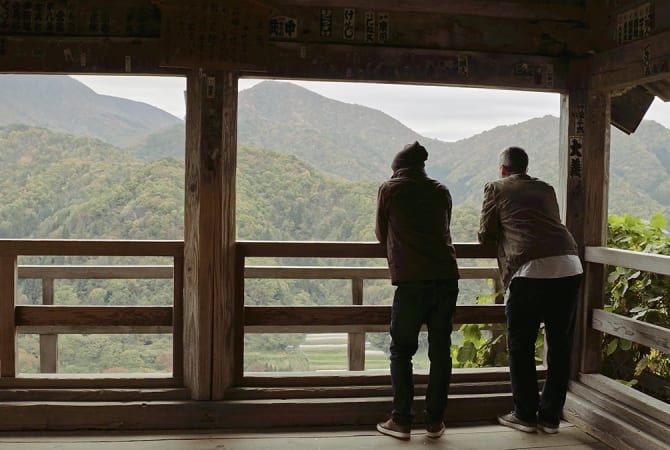
EPISODE THREE: DEEP TRADITIONS
Every step, every breath, and every bite brings us deeper into Tohoku. Everywhere, from the elaborate multi-course meals to the long soaks in the sulfur-rich hot springs to the intricate dances of the local geisha known as geigi, there are reminders of the richness and diversity of Tohoku culture. For the uninitiated, each moment is a little mystery to be solved—sometimes with quiet success, other times with loud, happy defeat, but always with the sense of wonder that reminds us why we travel in the first place. This is Tohoku.
GET IN WITH THE GEIGI

The city of Morioka in Iwate Prefecture and its surrounding area has its own history of geisha, locally known as geigi, that has had something of a resurgence in recent years. Geigi are polymaths of the highest order, as well-versed in the subtle art of conversation as they are in singing ancient ballads and playing the shamisen, the traditional three-stringed instrument of the geisha. Spend a night with the geigi, who make visits to local ryokan (traditional Japanese inns) around Morioka, and you’ll find yourself immersed in a dense and rousing expression of Japanese culture—just don’t be surprised when they ask you to dance.
SOAK UP THE HISTORY
In a region fiercely dedicated to the glories of soaking in sulfur-rich thermal waters, Tsurunoyu Onsen in Akita may be the most remarkable of all hot springs. Established in 1638, these baths were once frequented by daimyo lords and samurai to heal their battle-worn bodies. The ancient warriors have been replaced by a less formidable crowd these days, but the waters are as hot and relaxing as ever, made all the more magical by the sound of the rushing river and the lush mountain vegetation that surrounds the hot springs. This is a bath worth traveling for.
EAT. SLEEP. REPEAT.

All this long, restorative soaking is known to stir serious hunger in the onsen guests, which is why Tsurunoyu serves an elaborate kaiseki-style feast: a long sequence of dishes evocative of the season and the local terrain. Think a flurry of mushrooms and slow-simmered stews in the fall and winter, and mountain vegetables and grilled river fish in the warmer months. Your only obligation at the end of the meal is to shuffle back to your room and fall into bed. When you wake up eight hours later, get ready for another elaborate feast—all the better to prepare you for another day of soaking.
SERIES ONE: THE TREASURES OF TOHOKU




































































